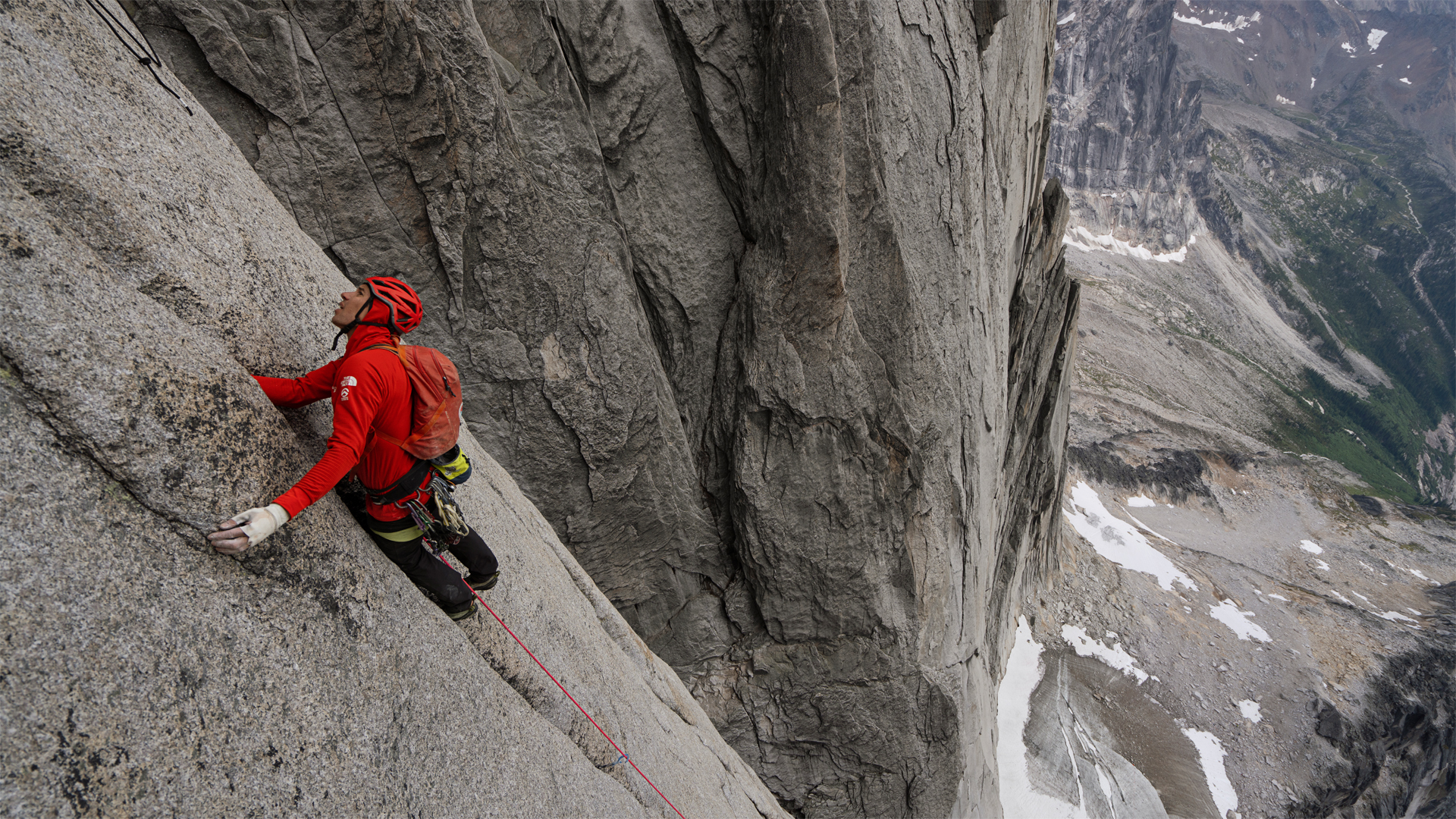6 tips for returning to rock climbing after a long break
If you’ve taking a long break from climbing, ese in slowly and build sustainable strength to avoid injury
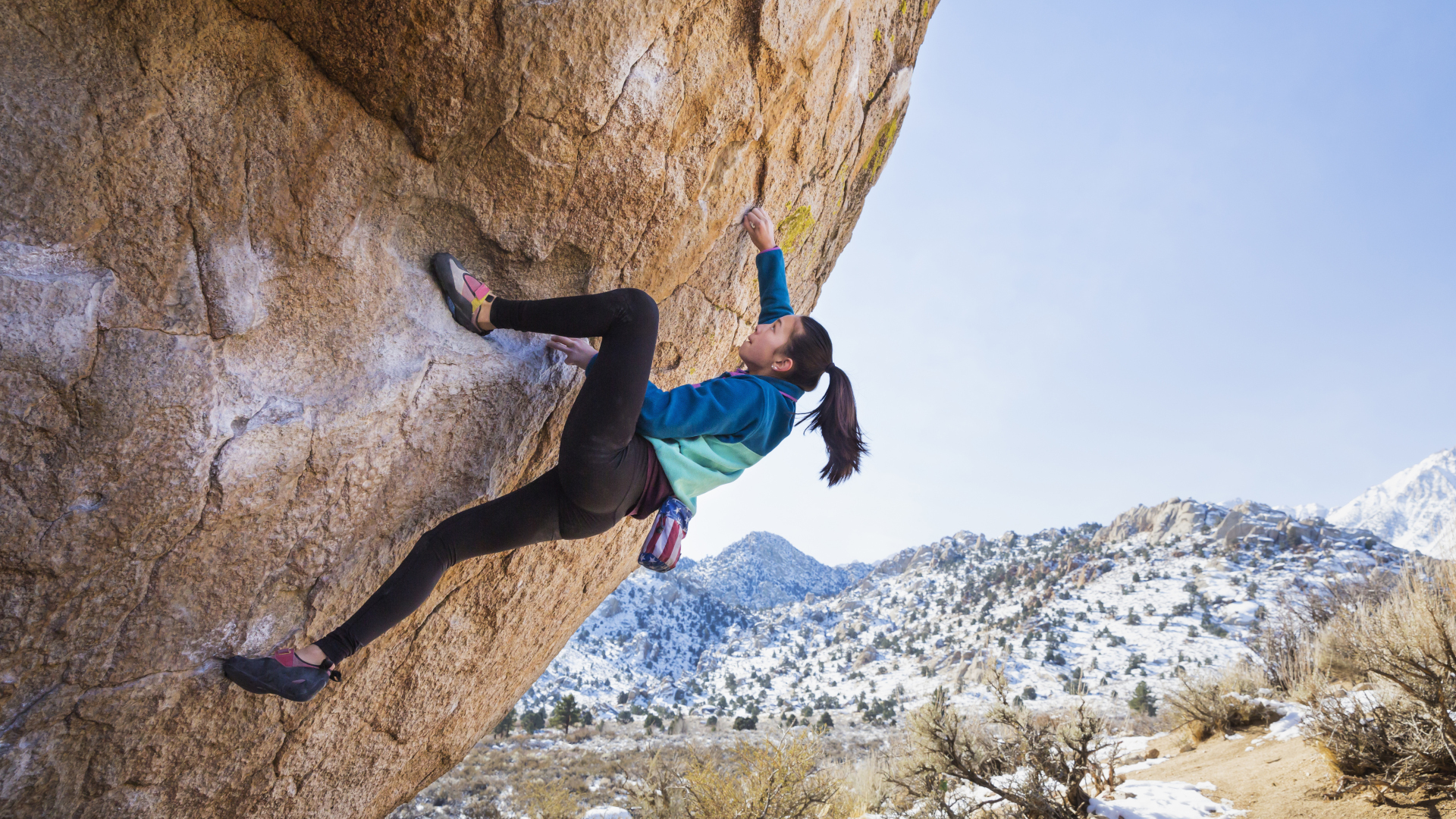
I never actually quit rock climbing, I just quietly stopped doing it without meaning to. There was a bad fall at the crag one day that scared me more than it hurt me. Then I split up with my boyfriend, who had been my climbing partner for seven years, and I didn’t really have anyone I trusted to go out trad climbing with in Colorado, which definitely requires someone you trust.
A couple of years after that, I moved back to Scotland and we were in lockdown for eternity. Now that’s over, none of my friends here are climbers, and somehow it just became a thing I used to do. Until recently, that is, when I finally pulled on my big girl pants and went down to the local bouldering wall. It's only a five minute bike ride from home, so it’s pretty embarrassing that it took me so long to check it out.
In fairness to me, I’d done very little bouldering in the past, and I hadn’t climbed indoors since about 1995, so it was kind of like starting a new sport. I went in early when it was quiet and there was no one to see how bad I might be, pulled on my old climbing shoes, which amazingly hadn’t fallen apart during their years in storage, and started bouldering by myself. It felt absolutely amazing, and in just a few short weeks I feel almost like my old self in terms of motivation, while my physical performance honestly isn’t that disappointing, given that I’m now in my early 40s and last time I put a harness on I was in my mid 30s.
That said, I’ve quickly realized how easy it would be to overdo things and end up taking another long break. After all, climbing is super fun and challenging, it’s a great way to meet new people, and climbing walls have amazing coffee! If you’ve also taken a long break from climbing and are finally getting back on the wall, read on for some tips to make sure you ease in slowly, build up sustainable strength and don’t hurt yourself. If you’re returning after an injury, obviously it’s important to do so under medical guidance and with support from a physical therapist.
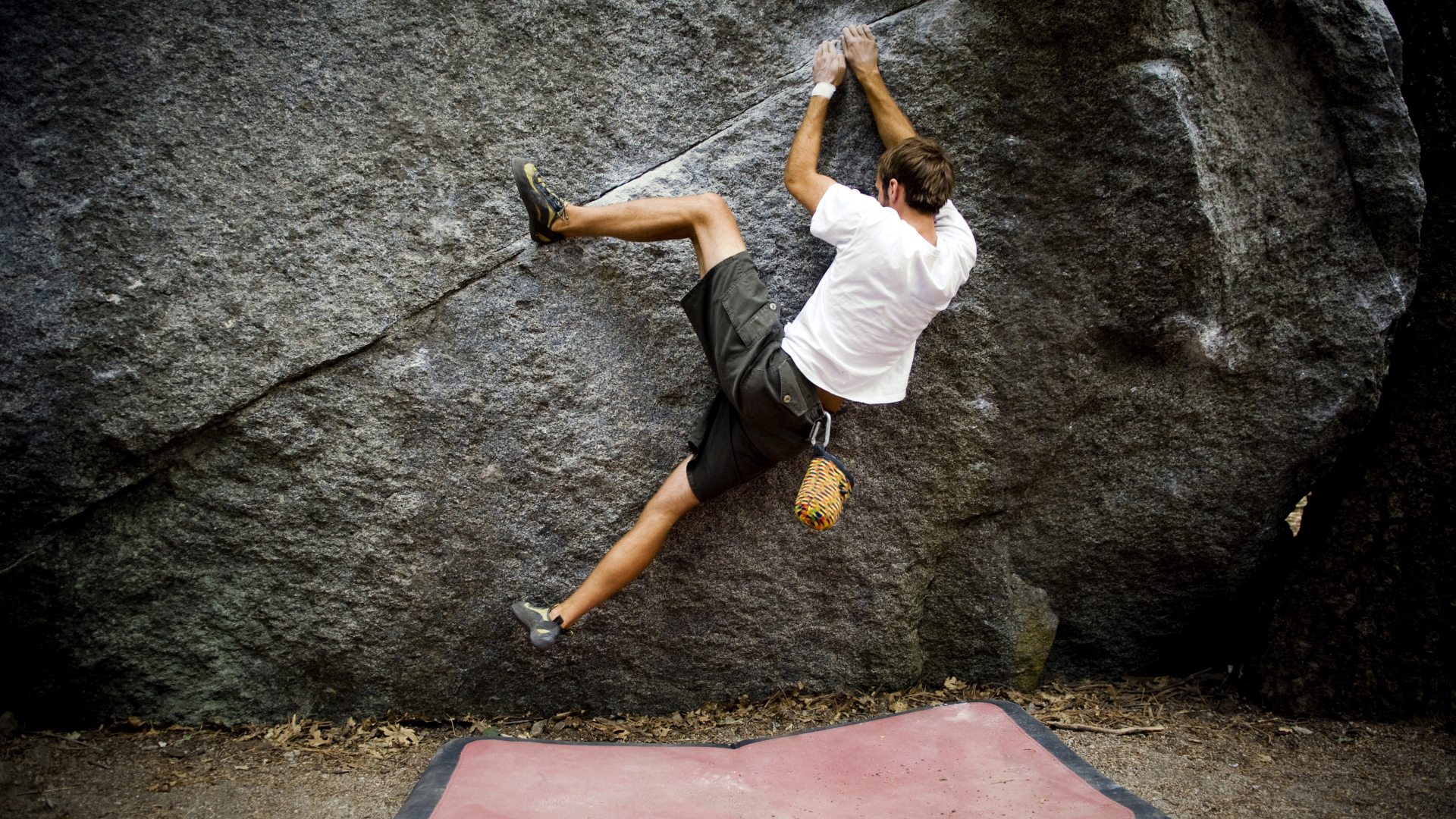
1. Warm up every time
When you finally get back to the wall, you might be chomping at the bit to hop right on that last route or problem you tried to solve, but hold your horses. It’s a good idea to take a few minutes to warm up first, and that goes for every climb. I ride my bike to the climbing wall, which means I arrive fairly warm, and pick a few easy problems to begin with so that I can continue my warm up on the wall.
You definitely don’t have to do a full yoga session, which I’m seeing a lot of climbers do at the gym, and in fact I don’t recommend stretching out your wrists before you climb – save that for after and keep some tension in your muscles instead. But it is a good idea to do a quick dynamic warm up, such as hip and arm circles, then some easy routes to begin.
2. Begin at the beginning
Luckily for me, I wasn’t ever a rock star climber, so I had no sense of ego about returning to my original glory. I was quite happy to spend my entire first session back working on the easiest problems and was mostly just thrilled to see I hadn’t lost that much strength or skill. I do recognize, however, that the temptation to get back to where you were immediately can be strong, and even I found myself eying up some difficult problems on day two. A tweak in my knee quickly had me rethinking that idea.
Advnture Newsletter
All the latest inspiration, tips and guides to help you plan your next Advnture!
Trust me, your body will remember what to do and you won’t actually be starting right back at the beginning, but it’s smart to climb some easier routes for your first few sessions so you don’t end up straining a tendon and taking another three months off. This way you can strengthen your muscles without putting too much strain on your joints and connective tissue. It can be quite fun and interesting to approach climbing almost as though you are a beginner again.
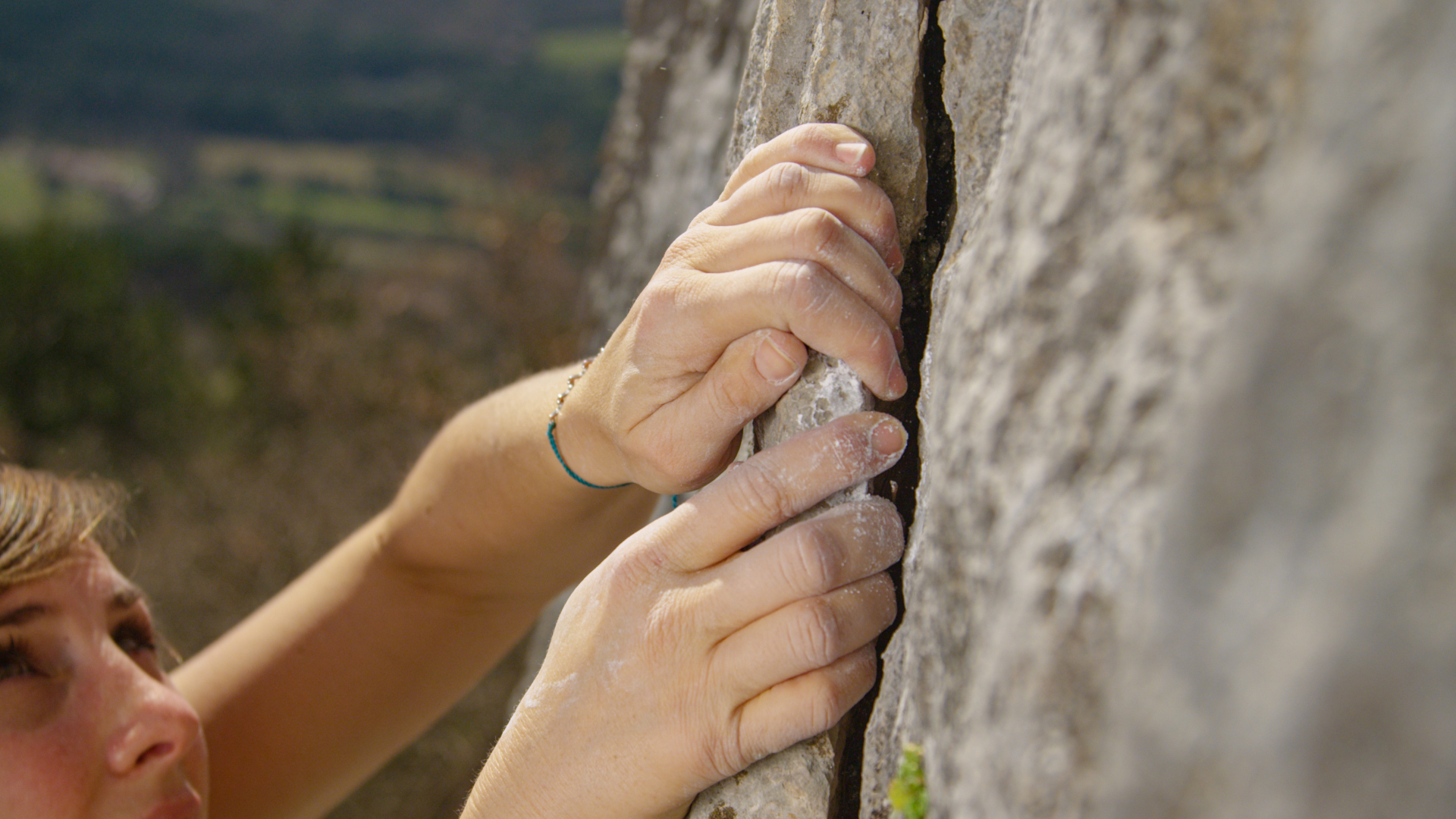
3. Shorten your sessions
For me, climbing always meant at least a half day at the crag. Now it means an hour or less at the gym, but that’s not because I don’t want to climb all day. It’s really easy to overdo it at first, especially if you’re eager to get back to fighting shape or the climbing wall has a great cafe and you enjoy hanging out all day like I do. Even if you’ve been doing other activities to keep your muscles strong during your break, you won’t have been using your muscles or joints in quite the same way as you do when you’re edging and crimping. Set a time limit for your first few sessions and don’t plan on climbing for over an hour (with lots of breaks).
4. Commit to rest days
So overjoyed was I to discover I could still climb that, of course, I signed up for the new members special and got a month of unlimited climbing for an absolute steal. However, I knew I needed to be really careful not to fall into the trap of going every day in order to “get my money’s worth” and ending up with a pulley tear or overtraining. Commit to climbing only every other day at most, and if you need to, schedule in other activities for your off days to keep you away from the wall. I like to get outside in my hiking boots or trail running shoes, in part because my arms get a break, while swimming feels great for my tired joints.
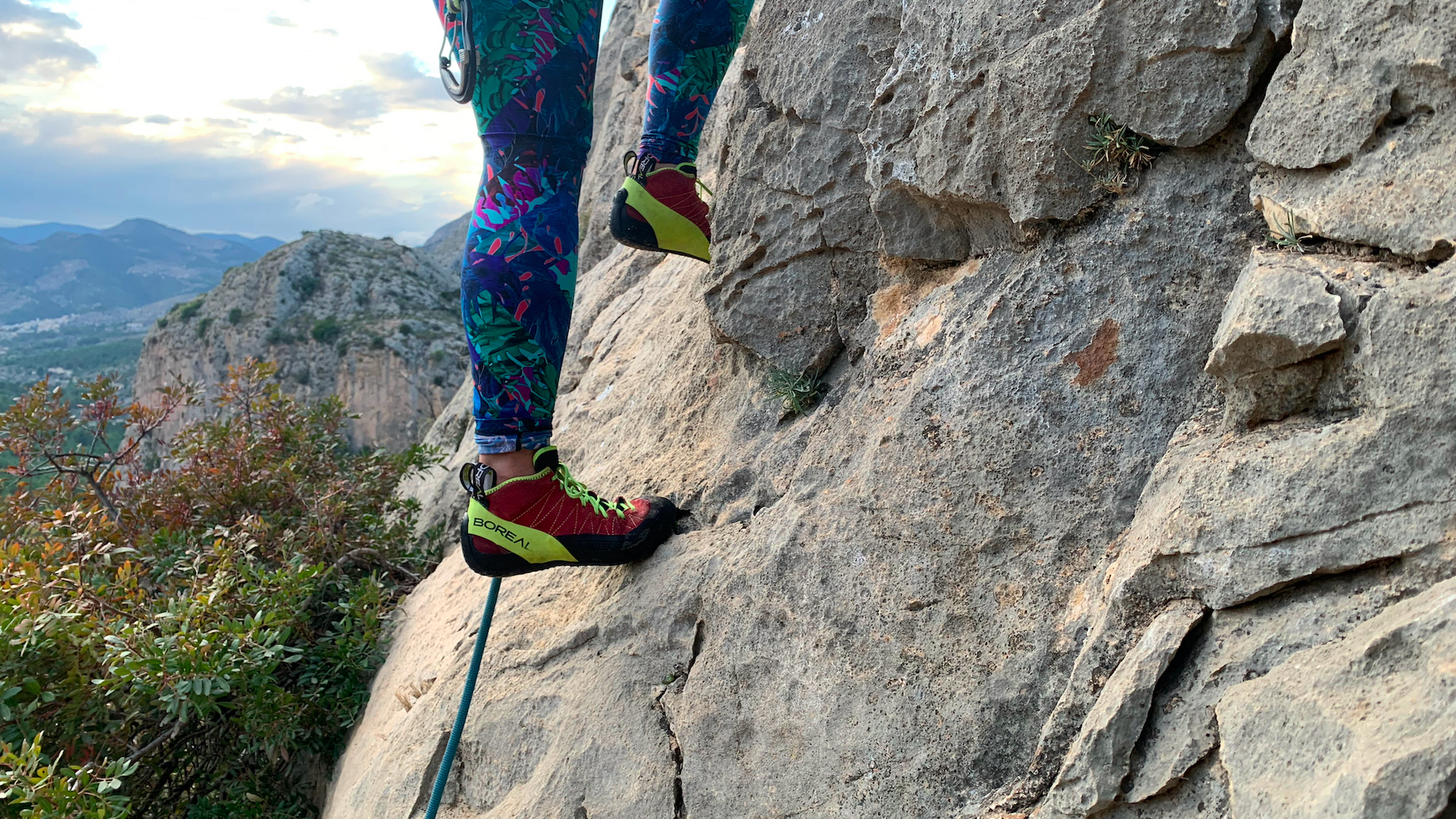
5. Practice recovery
When you're finished climbing, don't just collapse on the couch with a pizza – recovery properly. As I mentioned, I’m not a huge fan of deep stretching before climbing, because you want tension in those muscles, but I am a yoga teacher and I’m a big fan of using it for athletic recovery. Check out my yoga for rock climbing sequence for a short practice you can enjoy after any climbing session. I’m also a big fan of taking icy dips, since as we explain in our article on ice baths after running, it’s thought to aid muscle recovery. You can fill your own bath with cold water, head to a local pool or grab your water shoes and go wild swimming after an hour at the crag.
6. Have fun
Finally, now that I’m seeing climbing through new eyes, I’m noticing something interesting – the better climbers seem to be much more serious, while the groups of young, college-aged climbers who have just shown up for the first time are having an absolute blast. Those of us who feel like we have something to prove, if only to ourselves, can forget to have fun when we’re climbing. If you can just forget about how you used to climb, for now anyway, and find joy in being back, no matter what level you’re at, you’ll have the best time.
Julia Clarke is a staff writer for Advnture.com and the author of the book Restorative Yoga for Beginners. She loves to explore mountains on foot, bike, skis and belay and then recover on the the yoga mat. Julia graduated with a degree in journalism in 2004 and spent eight years working as a radio presenter in Kansas City, Vermont, Boston and New York City before discovering the joys of the Rocky Mountains. She then detoured west to Colorado and enjoyed 11 years teaching yoga in Vail before returning to her hometown of Glasgow, Scotland in 2020 to focus on family and writing.

